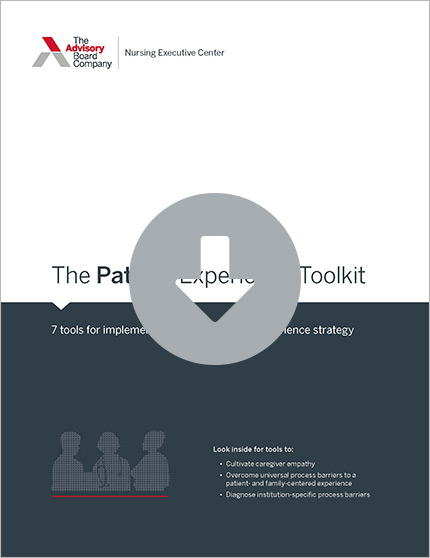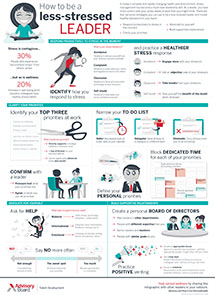Editor's note: This popular story from the Daily Briefing's archives was republished on Sept. 8, 2020.
Mayo Clinic is one of the premier health systems in the world. How does it do it? Jeffrey Bolton, Mayo's chief administrative officer, sat down with Larry Jameson, EVP of the University of Pennsylvania Health System, to share the three secrets to making what Jameson called the "Mayo magic."
Cheat sheet: How US News calculates its 'Best Hospital' rankings
Physician brothers William and Charles Mayo founded the Mayo Clinic in the rural Midwest in the late 1800s, and since then, the clinic has grown into "the No. 1 rated health care system probably in the world," according to Bolton. Mayo Clinic for the third year in a row earned the No. 1 spot in U.S. News and World Report's 2018-2019 "Best Hospitals Honor Roll" list and is a preferred destination for patients with hard-to-treat conditions, according to UPenn's "Knowledge@Warton."
Here's what makes Mayo Clinic one of the best health systems in the world, according to Bolton.
1. Putting patients first
Mayo is one of the largest integrated group practices and uses a teamwork-focused structure—rather than a hierarchical one—to ensure that patients' needs come first, Bolton said.
Mayo's philosophy has always included the phrase, "the wisdom of peers is greater than any individual," Bolton said. At Mayo, he explained, it's common that doctors who encounter a patient with a medical case they are unsure about, "pick up the phone and call a colleague ... and seek out insight."
Jameson added Bolton "is not just blowing smoke" about Mayo's collaborative nature. When the doctor who first sees the patient can't solve the patient's problem, the patients is transferred that day—or even sooner—to another specialist, "so problems get solved," Jameson explained.
2. Mayo is physician led
Another distinguishing factor is that Mayo is physician led across the organization, including in its research and educational branches. Bolton explained Mayo uses a "leadership dyad" model, in which physician leaders are paired with an administrative partner, according to Bolton.
Bolton also emphasized that Mayo doctors are salaried and that salaries are consistent across specialties. After five years on staff, all Mayo Clinic specialists, sub-specialists, and physician-scientists are salaried as well.
"There's no real incentive for driving volume within your practice," when physicians are paid equally. "You're really, again, focused on what the needs of the patient are," Bolton said.
3. 'No mission, no money'
"Every hospital system that has some Catholic roots has heard the phrase, 'no money, no mission,'" Bolton said. "A lot of people forget, though, the other side of that: 'No mission, no need for money.'" The competing needs can create tensions between balancing the business side and the health system's humanitarian vision that are felt by staff members, Bolton said.
He noted that the health system does a lot of charity care and takes on a great deal of Medicare and Medicaid business, which means the system needs a certain amount of commercial business to balance those costs.
But ultimately, Bolton said, Mayo's mission really aims to place patient care first. "I think you could imagine that the Mayo Clinic really isn't the workplace for everyone," Bolton said. "You have to come in with a certain mindset, and really focus on the mission" (Rege, Becker's Hospital Review, 8/29; "Knowledge@Wharton," UPenn.edu, 8/28).
Get the cheat sheets: How hospital quality ratings programs work
Download our one page sheets for summaries on the methodology and metric categories used in some of the biggest hospital quality rating programs:
Don't miss out on the latest Advisory Board insights
Create your free account to access 2 resources each month, including the latest research and webinars.
Want access without creating an account?
You have 2 free members-only resources remaining this month remaining this month.
1 free members-only resources remaining this month
1 free members-only resources remaining this month
You've reached your limit of free monthly insights
Become a member to access all of Advisory Board's resources, events, and experts
Never miss out on the latest innovative health care content tailored to you.
Benefits include:
You've reached your limit of free monthly insights



